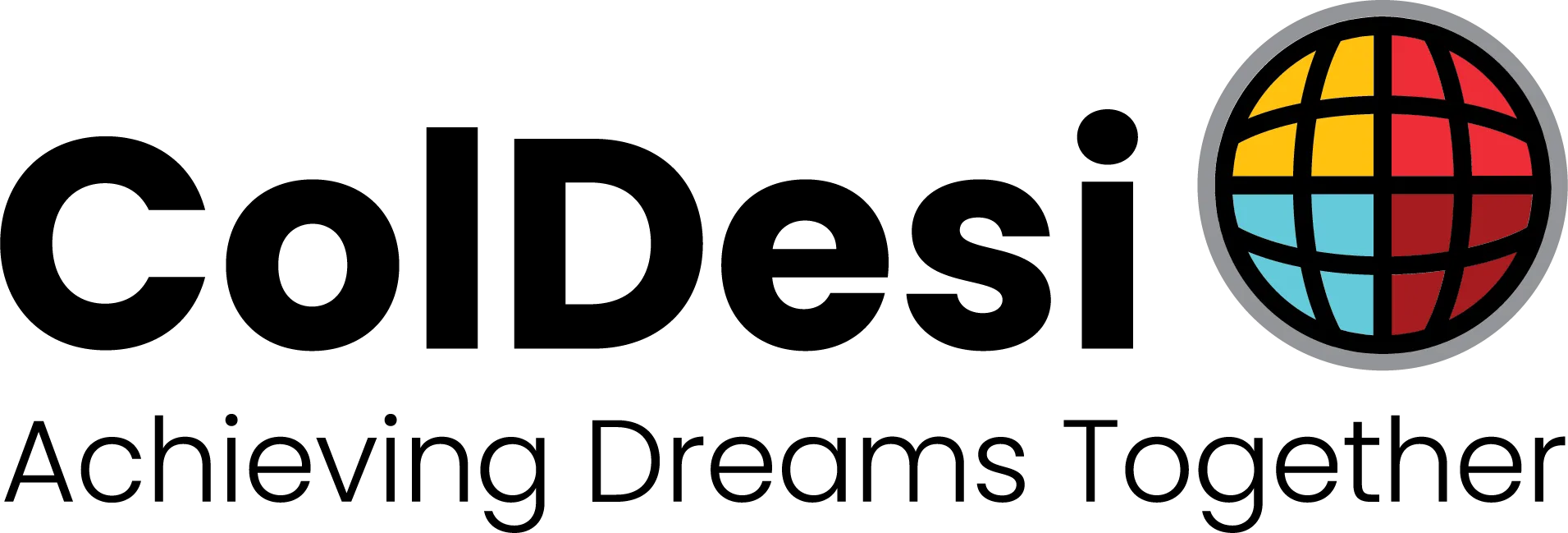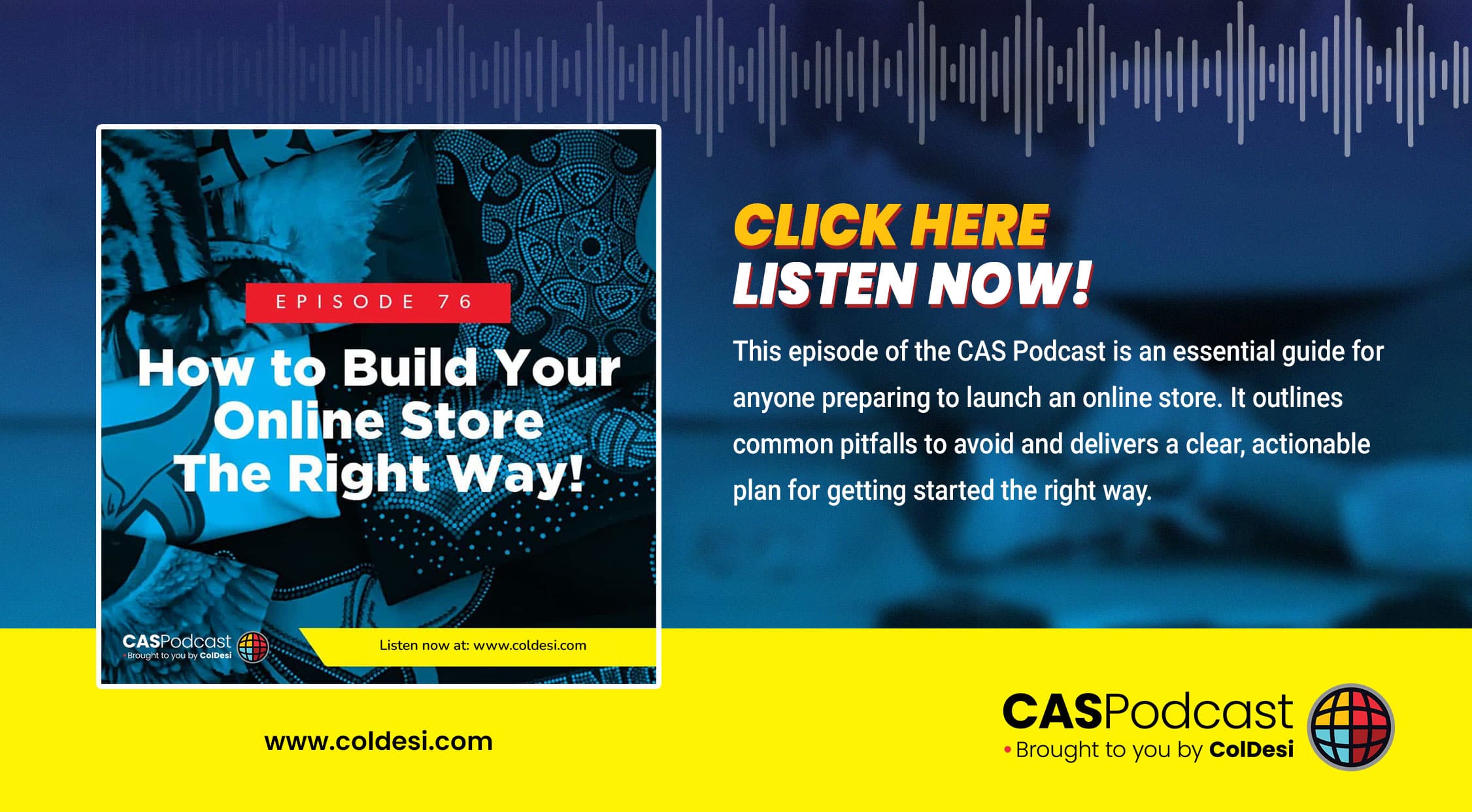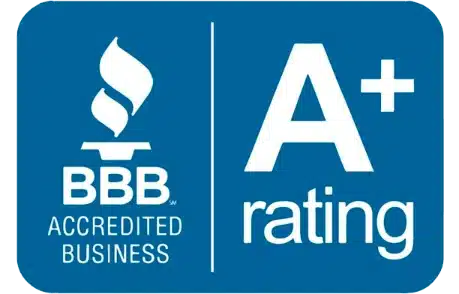Learning from your Top Customers
This is pretty much the ideal time to make plans for NEXT year.
If you’re already in the custom t-shirt business:
• shut down your heat press
• back away from your Facebook page
• and send the phone to voice mail.
It’s time to plan the broad strokes of what you’re going to do for YOUR business next year.
First, Make the Most of Your Top 10 Customers
Who were your Top 10 customers?
Don’t guess at this. The question isn’t “who was your favorite customers?” or “which customers do you remember?”. Look in QuickBooks or your accounting software of choice.
If you’re not using accounting software, look at your deposits for the year and add up who made you the most.
Let’s be even MORE specific Who made you the most PROFIT?
The idea here is first to identify your top customers, using several different methods, and base a growth strategy on them.
For example, you may have done embroidery for a big corporate client and did 100 shirts, but only made $500 on the job in profit. But you also might have done 30 bling warm-up jackets for a cheer squad and made $25 each on those. That’s $750 in profit vs. $500 in profit.
GOOOOO CHHHHEEEER!
It should be obvious why you want to identify this set of customers – because you want to get MORE just like this one in 2019!
It’s still important to know who made you the most revenues. That’s just another way of saying “Who paid the business the most money?”
In that example above, the company that bought 100 shirts from you might not have been the most profitable, but that’s something you can fix over time.
• Even a small price increase will mean a lot to your bottom line
• They’re likely to add something else to an order that may be more profitable – like hats, or signage
• A company with that many employees could be a great referral source
Larger companies that might place orders like this are very easy to identify. So you want to know what this company is and does not only so you can look for ways to increase your average profit margin with them, but also so you can find and sell to companies LIKE them.
Again, it can be hard to separate your perception from reality here. So you HAVE to rely on actual information and not your memory.
Make categories for the products that you sold. Then compare those quantities to get a good idea what your buying and selling. They may look something like this:
• Company polos – 40% of your sales
• Cheer Jackets – 20% of sales
• Embroidered Caps – 5% of sales
• Custom tees – 35% of sales
What can you do next year to improve your sales or profits for each of these? Brainstorm this by the % above.
For example:
40% of your sales were in company polos – can you find a new supplier or model number that will allow you to make $1 or $2 more each?
Embroidered Caps were only 5% of sales – can you increase that number by selling caps to match company polos? Or offer them to your Custom Tees customers?
You should always be aware of your product mix and what you can do to improve sales AND profits in every product category.
Even companies that aren’t niche market focused – ones that don’t specialize in a special interest like cheer or corporate or family reunion tees – often end up falling into one.
You go from selling crafts on Etsy and end up doing most of your business in athletic wear because you meet the coach of a local football team. Or someone at church finds out you’re in the embroidery business and starts ordering shirts for mission work.
Take another look at that Top 10 List and break them up into Niche Markets or “Business Types:
• Hair Salons – 40% of your sales
• Local Sports – 20% of sales
• Cheer – 5% of sales
• Church Groups – 35% of sales
Now you have a basis for some focused marketing next year.
How can you get in front of more people and businesses in these top Niche Markets?
What other products can you sell to serve these people?
This is the last question in our mini-planning session for next year.
Take those top 10 customers and put them on a spreadsheet or just make a list on a legal pad. Now look back in your records and find out how they FOUND YOU.
Or if you found them!
Write down where your top 10 customers came from. It might look something like this:
• 2 found me on Facebook – 20%
• 4 were personal referrals – a friend suggested my business – 40%
• 3 were direct sales – I found them myself – 30%
• 1 found me through my website – 10%
Those numbers were picked completely at random. Make sure YOUR numbers are real ones, not based on any guesswork.
That’s important because this last Question could be the most important. Because it points you towards where the bulk of your best business comes from.
In the case of this example, you can see the value of personal referrals and direct sales.
So, what can you do to encourage more referrals? A free shirt for friends and family that do so?
What type of direct sales led to landing 30% of your best customers? Do more of THAT!









